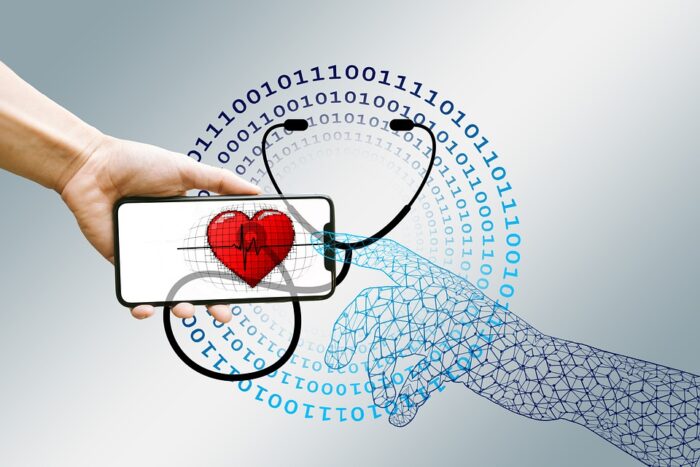
I find the ‘Pareto principle‘ applicable in almost any aspect of living. 80% of the time I tend to use the same 20% of clothes in the closet. 80% of the time, I use 20% of my phone apps. You will find this especially true with gadgets – about 80% of the time, we use 20% of the capabilities because really that’s all we mostly need. The remaining 80% ‘advanced tech’ capabilities may be nice to have but practically not useful and are ‘fluff’ or gimmicky, maybe to justify the elevated price you paid for it.
The normal acoustic stethoscope has been highly engineered by companies like Littman and are effective listening device. The new wave of new digital or electronic stethoscopes has added some useful abilities. This article does a good job explaining some of that tech. The two features I find useful as a Hospitalist are sound amplification in obese patients or noisy rooms and ambient noise reduction. Reviews on stores selling these stethoscopes mostly praise these two functions – in addition, I saw reviews by older clinicians with hearing deficits appreciating the sound amplification. But did an Electronic stethoscope improve my clinical management skills compared to a regular stethoscope? Nope! Did it make it easier for me to hear sounds – Yes, but also took some time to get used to ignoring the unwanted amplified sounds (friction of the chest piece, hair rubbing. etc). I also remember the day my stethoscope became an unusable piece of junk after the battery died in the middle of a busy morning and took me an hour to find a new battery. Eventually, it just stopped working after its lifespan ran out in a couple of years. The more parts any tech has, the more likely it is to malfunction. I have since reverted to my good old Littman acoustic cardiology stethoscope and it has never stopped ‘working’.
In this app economy, of course, we now have stethoscopes such as the Littman-Eko Core Digital stethoscope series where an app can help you record, get audio waveforms, and even get remote assistance for a fee. In my humble opinion, only 20% or fewer clinicians will actually use these advanced features and their apps regularly. That initial excitement will wear off. Recording waveforms or sounds may be useful to an academic attending or as part of case reports, clinical studies & presentations. Those in remote areas with no immediate access to Chest X-rays and ECHOcardiograms, especially new clinicians who get thrown from the frying pan into the fire might find some use. For the rest, it’s just money wasted on hyped services that they don’t need. Ever heard of a clinician failing to provide the right care because they lacked a digital stethoscope? A company called Aum Cardiovascular which made a big news splash about the detection of CAD using their advanced stethoscopy technology via paid software analysis is now out of business.
Don’t get me wrong, I am a tech geek myself and love useful devices. Maybe in the future, we will see a stethoscope, EKG, ECHO, and ultrasound capabilities compressed into one handy device, until then besides good sound amplification & noise reduction, you don’t need to spend more on anything else. That being said, The EKG part combined with a steth I might find of some use, but I have been doing just fine without it! Let me end this by saying that it is not what feeds your ears, but what processes it between your ears that matters.
Don’t miss these fun posts! Subscribe via email 📩 | |
